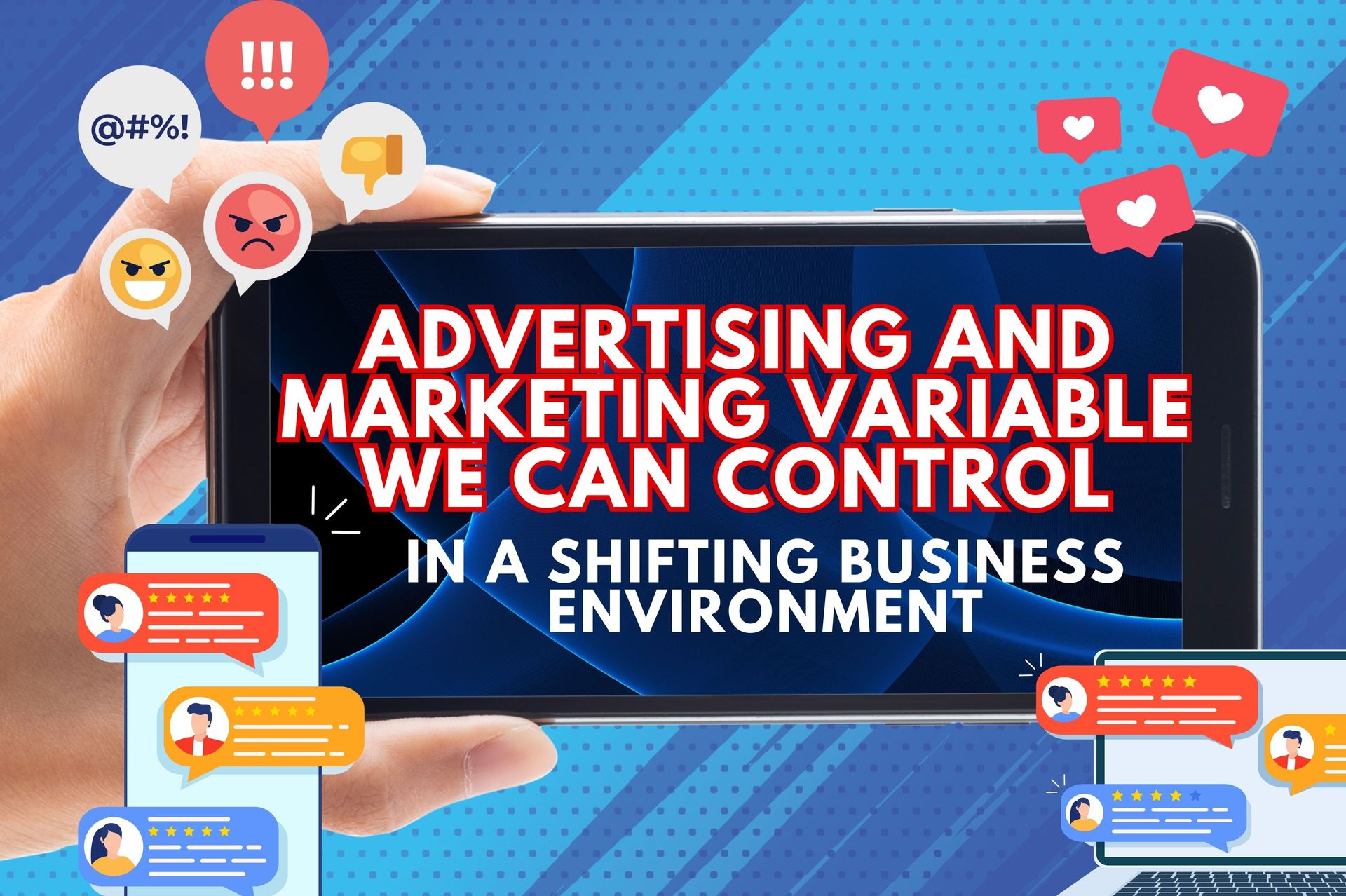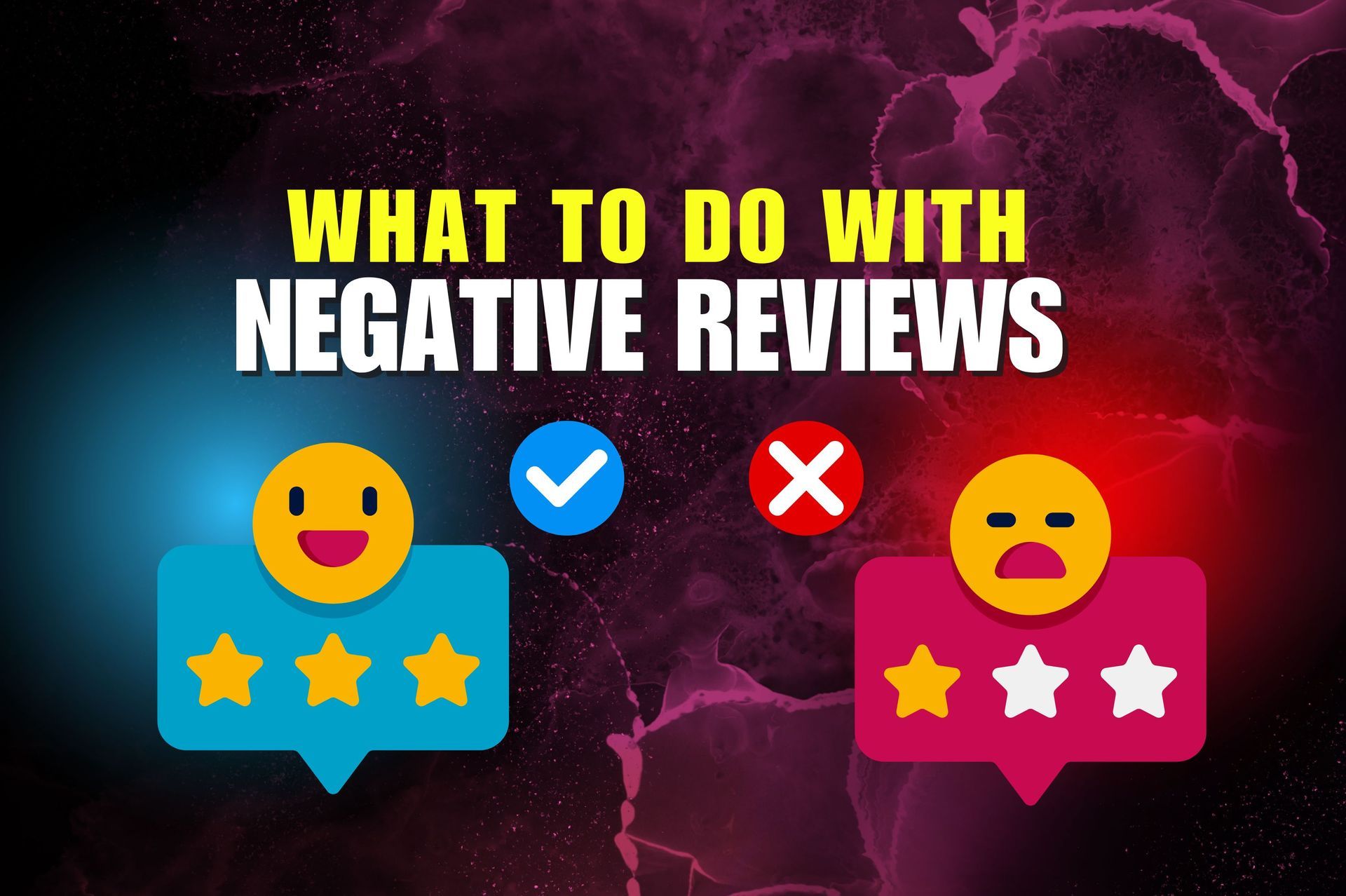Timing and Execution in Business - How to Plan and Execute for Maximum Success
Timing and Execution in Business - How to Plan and Execute for Maximum Success
To succeed in business timing is everything. Planning ahead at least one quarter of advance allows you to anticipate challenges, allocate resources effectively, and execute with confidence. But it's not just about planning, it's about setting up flexible strategies that let you adjust along the way. As market conditions are changing, let's dive into each quarter and go through the challenges and the opportunities that each one have because they are different. And how you can use planning to take advantage of all of that and keep yourself in the clear and get the job done so that you're super effective quarter over quarter because that's what builds a great year. Q1 can be a tough quarter to execute because of slower spending after the holiday rush. And I like to think about it as people really don't start spending money until the second pay period after the holidays, which is like the February 15th, like second pay period outside.
So you get paycheck February one and then February 15th. I think people are starting to get back into their normal household spending and action. It is crucial though to use that little window for rebuilding, reviewing your strategy, analyzing last year's data, and it's a good time to set some actionable goals for the entire year. Now, for us that oftentimes is happening in Q4 of the prior year. We seem to get busy and marketing as people want to start setting budgets and getting everything set for the next four quarters. But for most businesses a lot of that is happening right there, coming off the holidays in those first four weeks of the year. So it's a good time to set realistic growth targets and start dialing in the details for the next couple of quarters. Q2 is all about momentum with spending picking up it's time to execute on the growth strategies you laid out in Q1.
This is a time to be launching campaigns, getting things into action, focus on scaling new customer acquisition efforts. At the beginning of the year, you've got new relationships forming. It's the beginning of spring, people are open more to try new stuff and meet new people. It's a great time to be acquiring those new customers. So you want to ensure your marketing is optimized and you are focused on the results that you're trying to pull off in that second quarter. Q3 is when you want to optimize your operations. And for us as marketers, we definitely hit are really in our stride in the third quarter and we are starting to plant the seeds for what's going to be whatever that holiday push like looks like across all of our clients. So if your business is very holiday spending centric, then you definitely want to be getting everything organized in the early part of Q3 for Q4, right?
So we're going to cover that later in the video, but you really want to be ahead of the quarter that's coming at you as much as possible. So you're going to be looking at inefficiencies and start preparing for that big push in Q4. And my best advice is do not leave it to the last minute because in that fourth quarter, we lose a whole chunk of time for Thanksgiving and then a whole chunk of time people just start fading out around, let's call it December 10th, really hard to get people to focus on becoming a customer or new purchases and things like that because they've got that holiday tunnel vision. So you got to stay in front of that timing wise. All right, Q4 is crunch time. If you're like a lot of businesses, this is going to be where you make almost 60% of your revenue, if not more for the year.
It's your best chance to capitalize on all the preparation you've done throughout the year to get you to that fourth quarter. So holiday shopping and major sales events are up and running, and you'll need to stay on top of all the details to execute and provide excellent customer service. From a marketing standpoint, it can be tricky during that time of year to get heard in the face of big national advertising campaigns and all of the hoop loss. So for smaller and medium sized businesses, this is a time to really focus on the customers that you did acquire during the earlier part of the year and give them offers and incentive to do that holiday spending with you and take advantage of what you have to offer by directly inboxing them and other tactics that I think are a big help if you don't have the big firepower that national brands have during that time of the year.
So either way, you definitely want to leave the year on a high note with your customers, do a great job with customer service and make sure that they're going to be willing to come back and see you in the next year. Q1 is tough because it follows the set of high intensity, high energy sales, periods of Q4 and consumer spending obviously is going to be down. So just from a cashflow standpoint, this is a tricky quarter for a lot of businesses to navigate. And there's sometimes can be budget constraints and so forth from overspending in Q4 to try to capture as much of that holiday potential that you can so expect slower customer acquisition, your syndication, your ability to reach people may go down due to budget constraints, and of course you have inventory and returns and things like that if you're selling wares. So all of that stuff needs to be handled, but it's exactly why having the strategy planned well and setting realistic goals for Q1 is so important.
And some of that really needs to start unfortunately because it is a busy time of the year back there after Thanksgiving, there needs to be some meetings and discussions about Q1 before everybody gets swept away from the holidays. That's my advice to combat the challenges of Q1. Again, preparation is key. Start planning for Q1 during those final months, like we just said. And I always think that first week of December is kind of the sweet spot. Everybody had the Thanksgiving break and they're ready to do a little bit more good work. That's time to get everybody in a room and start talking about Q1, looking at cashflow management, realizing that you're not going to be able to do anything with big sales and so forth. So smaller promotions, frequency is going to win in Q1 instead of amplitude, and you're going to want to additionally invest in customer retention strategies.
Now's the time to try to keep those buyers on your side of the fence because getting new ones is going to be specifically a challenge in that quarter. So keep your existing folks engaged in Q1 work on that type of tactic, and you get out, like I said, into that second pay period of February and things start getting better. All right, there you have it. How to plan and execute across all four quarters of the year. Kind of took this video quarter by quarter. I will say one thing to you that I like to do, which is instead of talked about every quarter, what the challenges are and potential solutions and kind of what each one feels like for most businesses on our side. I like to look and take a process of doing kind of a rolling 90 day approach with all of our campaigns so that we're always looking out 90 days in any period that kind of takes care of this whole conversation by way of just workflow. It also means that every 30 day period gets talked about three times. So if we're doing a rolling approach like that, so it's another way to skin this cat and again, reduce that stress, raise the quality of an execution of your work, keep everybody focused on what's important and get through the year smoothly. Go ahead and if you want to subscribe, that would be amazing, and then you can click below for a free quarter by quarter planning guide that our team put together for you.



















